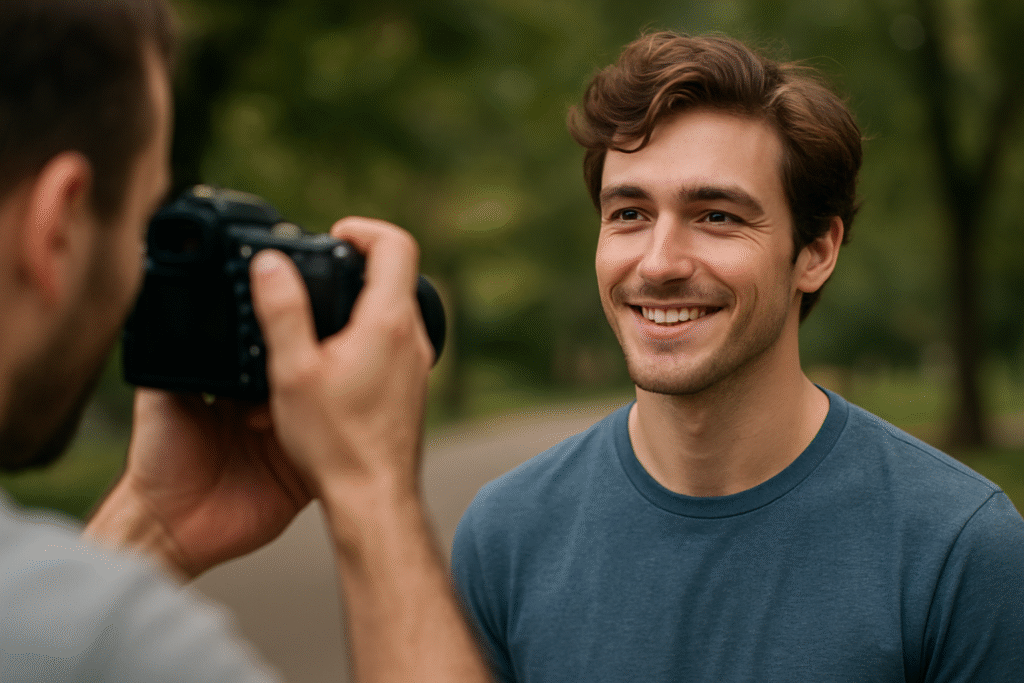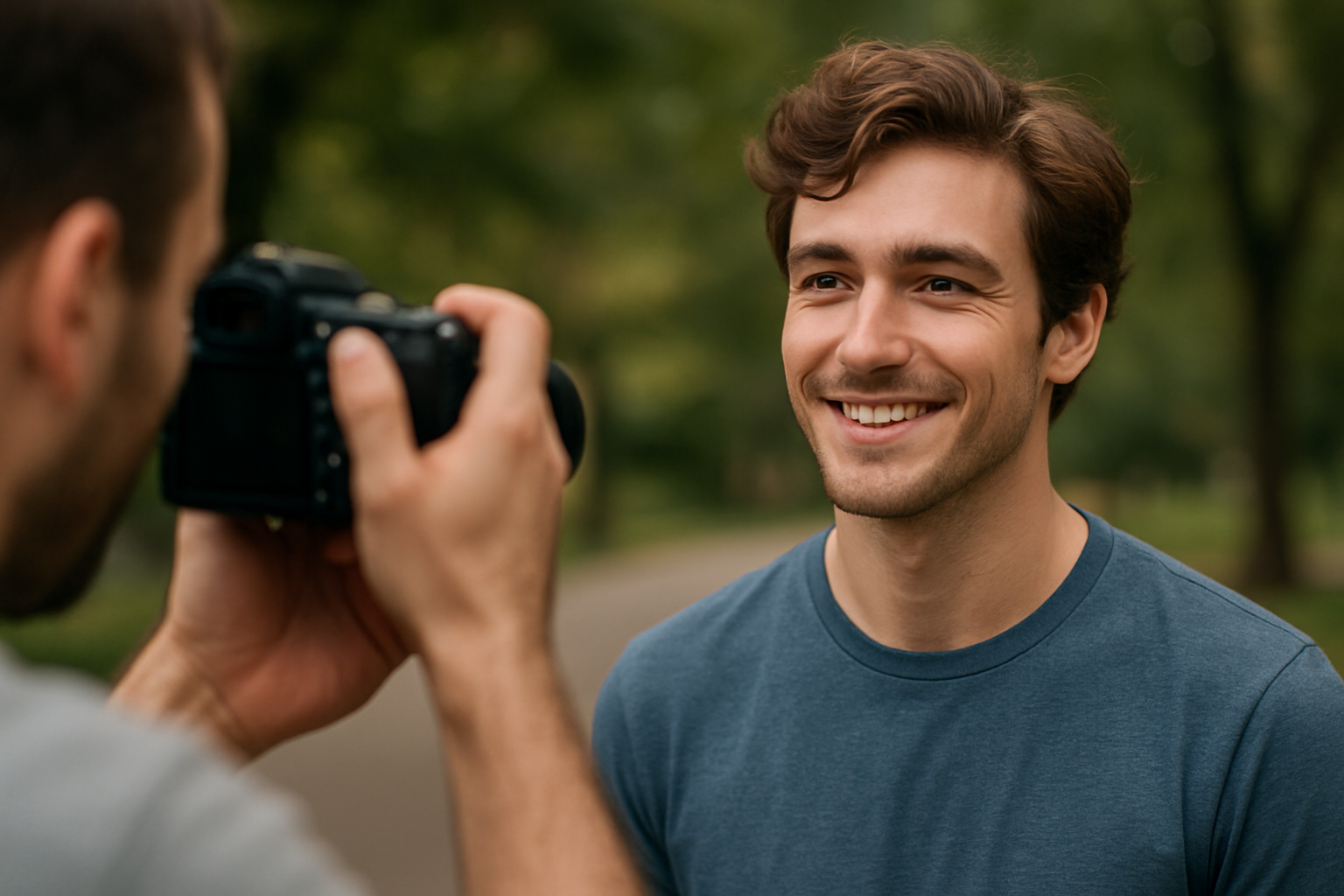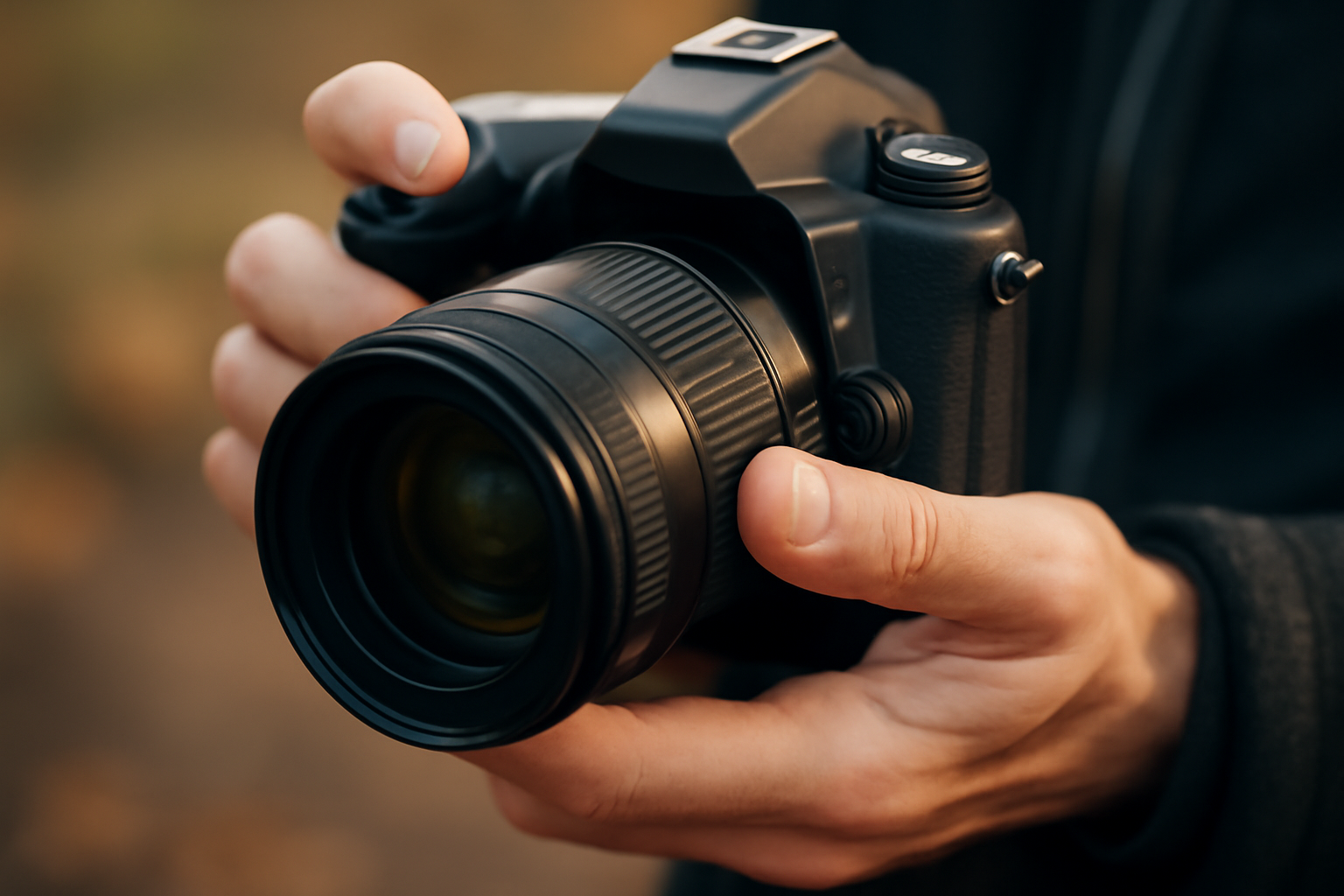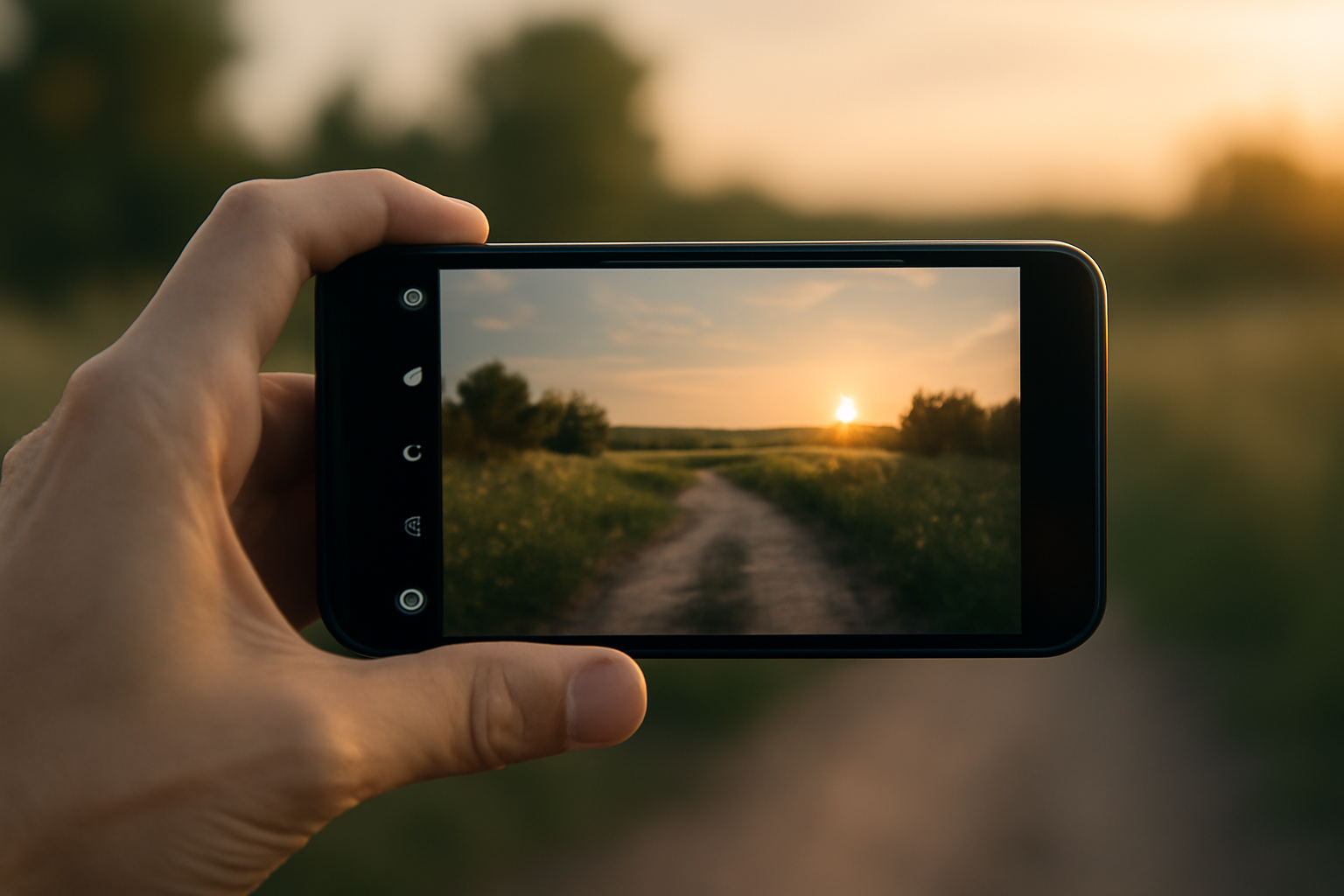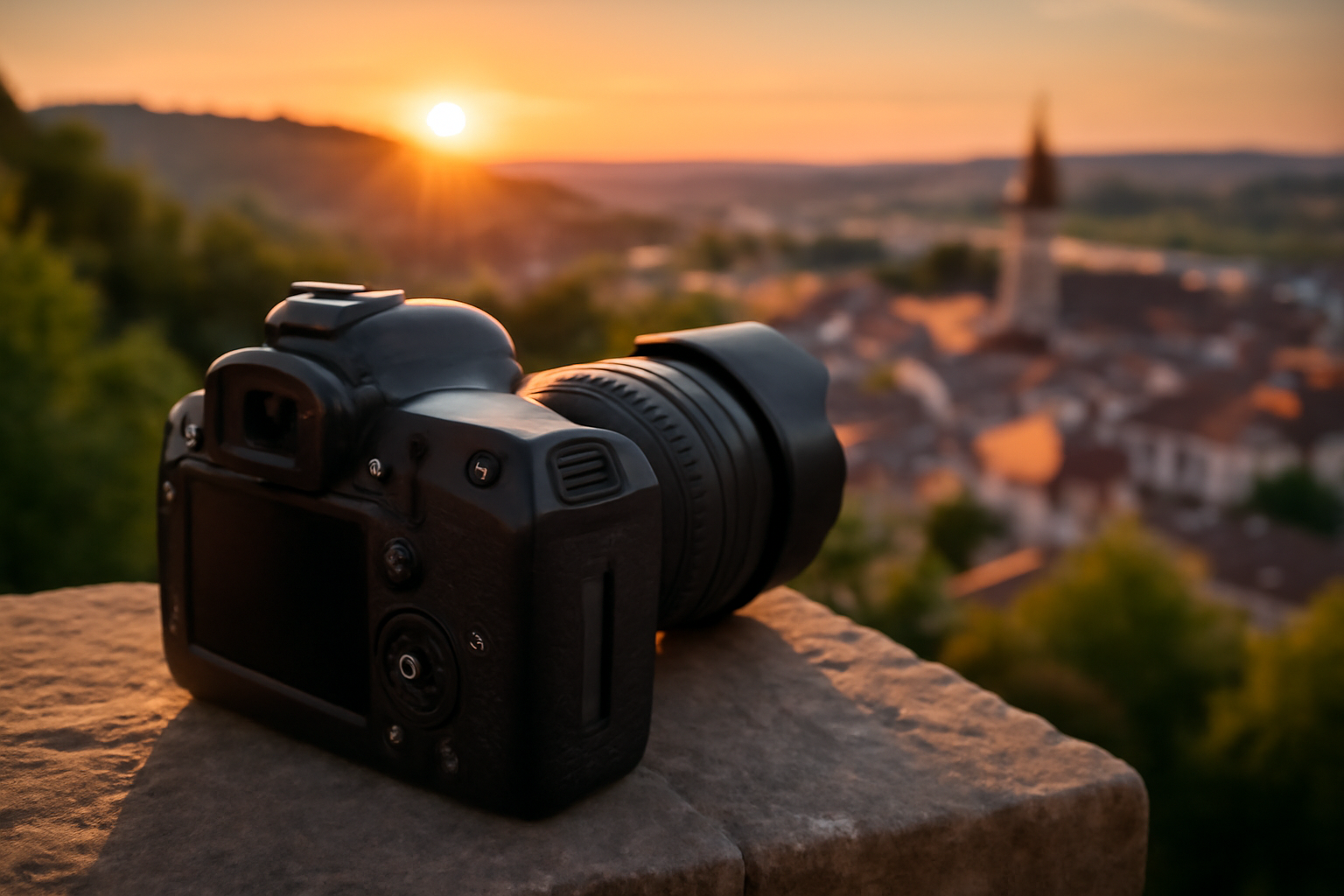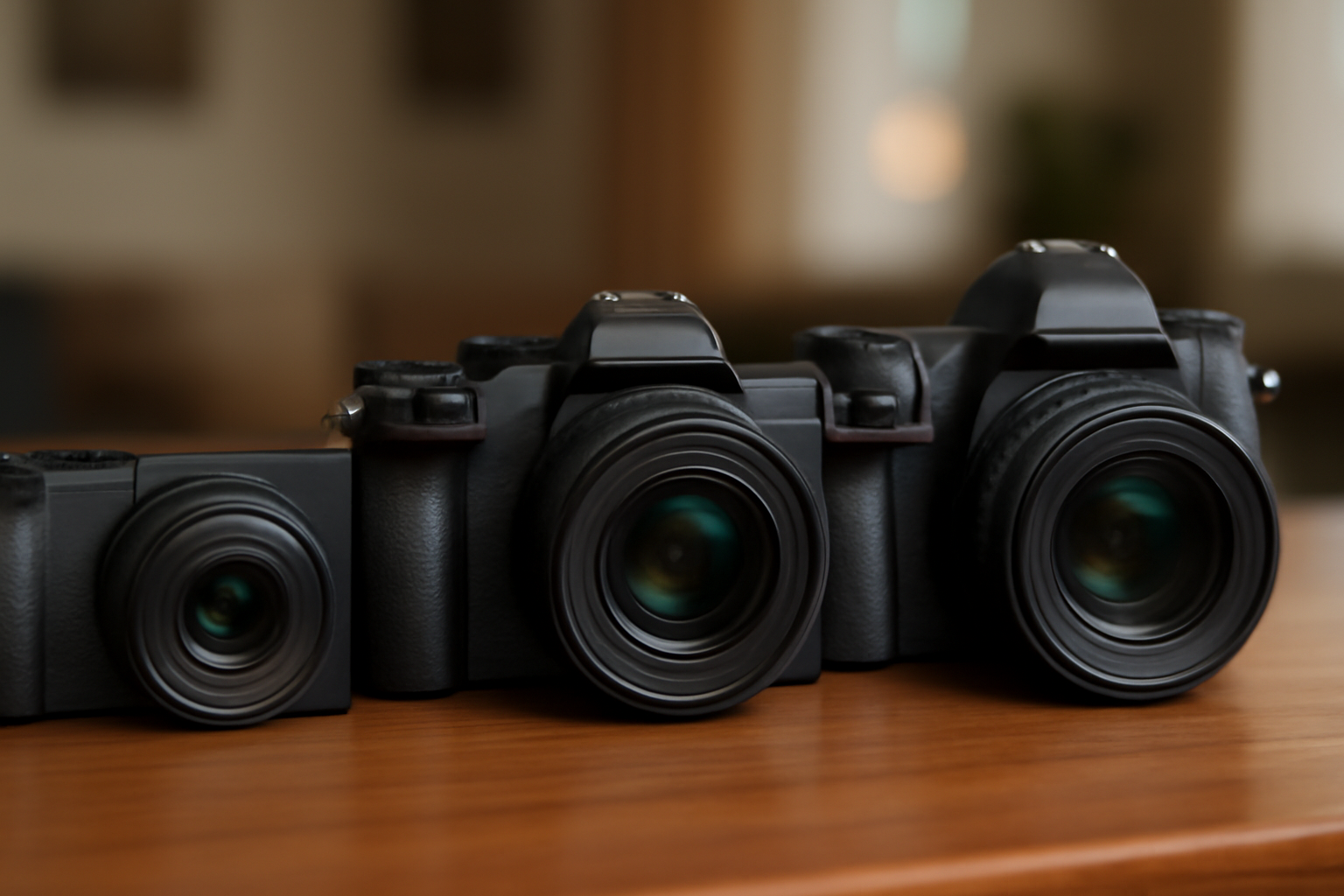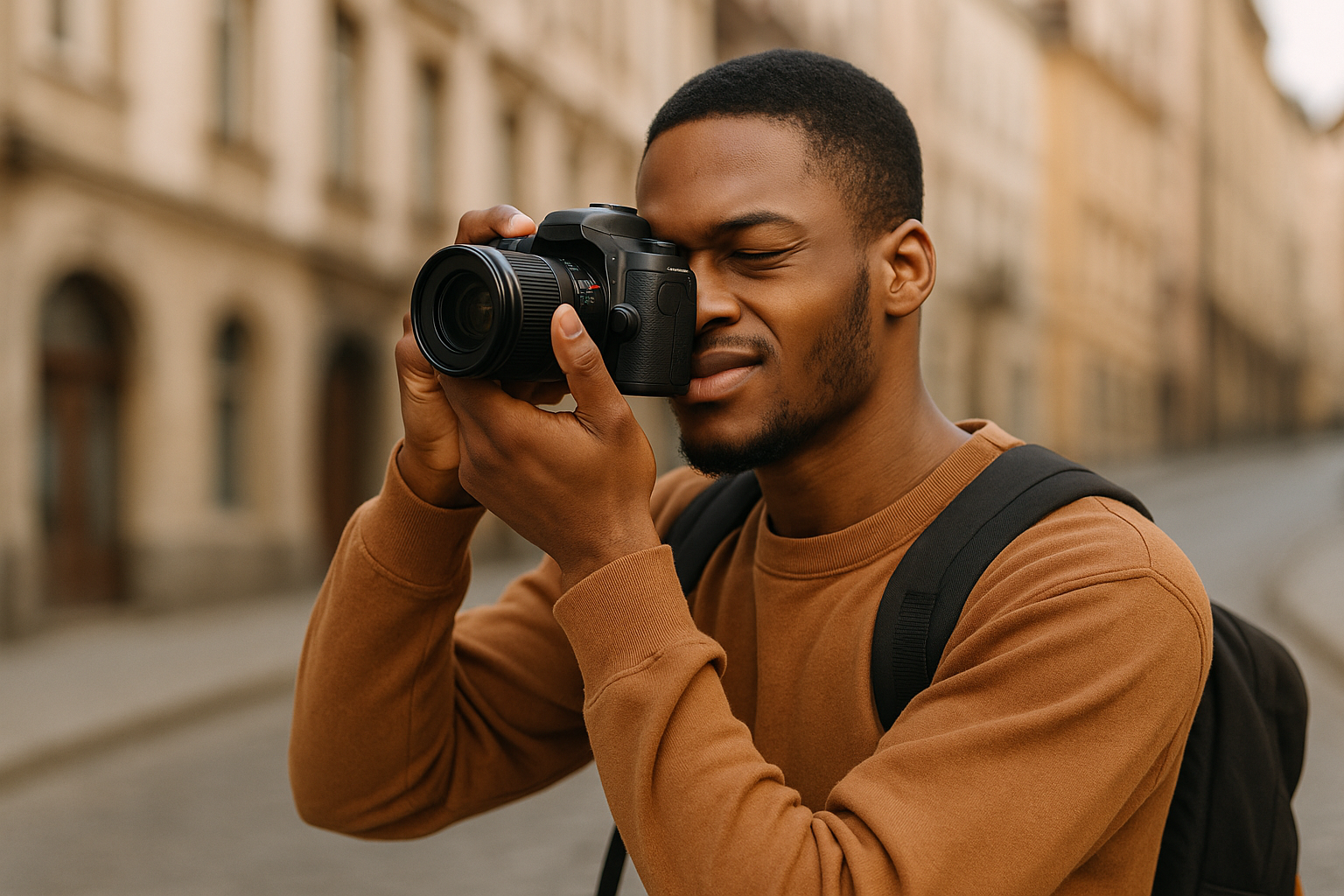There’s something incredibly powerful about a photo of a person that feels honest — not overly posed, not artificial, just real. Natural portraits connect with the viewer because they reflect life, emotion, and presence. But capturing people in a natural, authentic way is not as easy as it looks. It takes patience, sensitivity, and a real connection between the photographer and the subject.
If you’ve ever felt like your portraits look stiff or overly staged, this guide is for you. Let’s explore practical tips and insights to help you photograph people more naturally — with emotion, flow, and real human energy.
Understand What “Natural” Really Means
Before diving into techniques, let’s clarify something: natural doesn’t mean unplanned. It doesn’t mean you just point the camera and hope for the best. Natural photography is intentional — but it prioritizes comfort, authenticity, and mood over rigid control.
In portraits, “natural” can mean:
- Relaxed facial expressions
- Genuine body language
- Real emotion (not fake smiles)
- Subtle posing or no posing at all
- Environmental context that makes sense for the person
It’s about making the subject feel seen, not just captured.
Start with a Conversation, Not a Camera
One of the simplest and most powerful things you can do is talk to your subject before taking a single shot. Whether it’s a friend, client, or stranger, give yourself a few minutes to connect. Ask about their day, their music taste, what they’re into. Make eye contact. Smile. Let the camera stay down for a moment.
Real story: I once photographed a man who looked incredibly tense in front of the camera. Only after 10 minutes of talking about jazz (his favorite subject) did his whole posture change — and that’s when the magic happened.
People aren’t props. When they feel respected, relaxed, and heard, they open up.
Location: Choose a Place That Feels Comfortable
Your choice of location influences the entire mood of a portrait. Busy places can feel chaotic. Empty fields can feel distant. Neutral backgrounds can feel flat.
If your goal is to photograph someone naturally, choose a location where they feel like themselves. For example:
- A cozy room with good window light
- A neighborhood street they grew up in
- A quiet park on a weekday morning
- A coffee shop with character (if allowed)
You don’t need exotic scenery. You need a place where the person can breathe and be real.
Tip: Ask them, “Where do you feel most like yourself?” The answer often leads to great locations.
Lighting: Soft Is Best
Harsh lighting (like midday sun) often creates strong shadows that feel dramatic and unnatural. For natural portraits, soft, diffused light is your best friend.
Here are some go-to light sources for natural-looking results:
- Window light: Side lighting from a large window is gold. It wraps around the face gently and adds mood.
- Overcast days: Cloudy weather diffuses sunlight, creating a flattering, even light — perfect for outdoor portraits.
- Golden hour: The hour after sunrise or before sunset gives warm, directional light that flatters skin tones and adds atmosphere.
If you must shoot in harsh light, try using open shade — like under a tree, awning, or the side of a building.
Let the Subject Move
Posed doesn’t always mean stiff — but holding a position for too long can kill the vibe. One way to keep portraits looking natural is to encourage movement.
Ask them to:
- Walk slowly toward the camera
- Look up, then away, then back
- Shake out their hands
- Fix their hair or jacket
- Laugh at nothing (yes, this works!)
These micro-movements often lead to in-between moments — where real expression lives. That glance, that shrug, that soft smile… that’s where the gold is.
Pro tip: Keep your camera ready during transitions. Some of the best shots happen when the subject thinks you’re not shooting.
Give Direction Without Controlling
You don’t have to leave everything to chance. But instead of barking orders like, “Turn your head 15 degrees to the right,” try giving visual or emotional cues.
Here are some ways to direct naturally:
- “Can you sit how you normally would if you were relaxing here?”
- “Close your eyes and take a deep breath, then open them toward me.”
- “Think about the last time you laughed so hard you cried.”
- “Imagine you’re listening to your favorite song.”
These types of prompts produce real responses — not mannequin poses.
Use a Longer Lens (If Possible)
Wide-angle lenses are great for environments but tend to distort facial features when used too close. For natural portraits, try using a lens between 50mm and 135mm (full-frame equivalent).
A longer focal length:
- Keeps the background compressed and soft
- Flattens facial features in a flattering way
- Lets you shoot from a distance — which helps the subject relax
If you’re using a phone, try stepping back and zooming slightly (without digital zoom). Even that subtle distance can help with comfort and naturalness.
Don’t Force Eye Contact
Some of the most natural portraits are the ones where the subject isn’t looking directly at the camera.
Encourage your subject to:
- Look at something in the distance
- Focus on a spot slightly off-camera
- Look down with a relaxed expression
- Interact with the environment
These small changes can transform the mood from “posed headshot” to cinematic storytelling.
Shoot a Lot — But Be Selective
Part of capturing natural expressions is being present — and fast. Don’t hesitate to shoot a lot during a session. Sometimes, you’ll get the shot in a burst of 5–10 frames.
But quantity doesn’t mean chaos. In post-processing, be ruthless about what you keep. One natural, emotional, well-lit photo is better than 20 “okay” ones.
Look for:
- Eye expression
- Body language
- Tension in hands or jaw
- Connection with the camera or scene
Pro insight: Trust your gut. If something makes you feel something, it will likely do the same for others.
Black and White Can Elevate Natural Moments
Sometimes, stripping away color brings attention to the emotion. Don’t be afraid to convert natural portraits to black and white — especially when:
- The lighting is soft
- The subject’s expression is strong
- The color distracts from the moment
Black and white can give a timeless, honest feel that works especially well for natural, candid shots.
Edit Lightly — Keep It Real
When editing natural portraits, less is often more. Avoid filters or presets that change skin tones too dramatically or create unnatural contrast.
Focus on:
- White balance (keep it warm and clean)
- Skin tone correction (but avoid plastic-looking skin)
- Light dodging and burning (to guide the eye, not to reshape the face)
- Enhancing light and shadows softly
The goal is to preserve the feeling of the moment, not overwrite it.
Let Silence Do the Work
You don’t need to talk constantly during a shoot. In fact, quiet moments often lead to the most genuine expressions. Once your subject is comfortable, give space. Let them settle. Let them breathe. Then, lift the camera and quietly click.
Silence invites reflection — and reflection creates real emotion.
Tell a Story Through the Series
If you’re photographing someone for a series — not just one shot — think about how to show different sides of them.
Maybe you start with close-ups, then move to wider shots. Or begin with quiet, introspective images and shift toward joyful energy.
Storytelling through portraits isn’t about costumes or themes — it’s about showing the complexity of a real human being.
Use Props or Activities to Create Natural Context
One of the easiest ways to make people forget about the camera is to give them something to do — not as a distraction, but as a way to engage them naturally.
Here are a few examples that work great:
- Ask them to hold a cup of coffee, a book, or their favorite object
- Let them walk their dog or water their plants
- Have them cook, paint, play an instrument, or interact with a friend
- If it’s a couple or family, ask them to play a game, dance, or share a memory
These small actions create authentic expressions, hand movements, and body language. They also give your photo a story and help the subject feel less self-conscious.
Remember: you’re not capturing just a face — you’re capturing a moment.
Watch the Hands
Hands are incredibly expressive — but also easy to get wrong. In natural portraits, stiff or awkward hands can ruin an otherwise great shot.
Common issues include:
- Clenched fists due to tension
- “Dangling” hands with no purpose
- Overly posed or “fashion” gestures in a casual portrait
Solutions:
- Give the hands something to do (touching hair, jacket, or pockets)
- Let them rest on a surface or lap
- Use natural movement like walking, stretching, or holding something
Hands that are relaxed tell a story. Hands that are forced break the illusion of naturalness.
Learn to Read the Energy
Not every subject will feel the same. Some people love the camera and open up instantly. Others are shy, skeptical, or deeply nervous.
As a photographer, your job is to read the energy and adapt.
- Is this person expressive or reserved?
- Do they need more time to warm up?
- Are they more comfortable talking or staying quiet?
If you try to push a high-energy style on a quiet, introverted person, the result will feel fake. Instead, work with who they are. Respect their rhythm.
Natural portraits happen when the photographer and the subject are in sync — emotionally and energetically.
Let Imperfection In
Natural photography is, by nature, imperfect. And that’s its beauty.
- A bit of messy hair? It’s real.
- A shirt wrinkle? Human.
- A blink mid-laughter? Maybe it’s your favorite frame.
Perfection in natural portraiture can sometimes feel cold and unnatural. What you want instead is truth — and truth is rarely flawless.
So instead of obsessing over every detail, ask: Does this photo feel alive? Does it say something?
That’s what makes an image unforgettable.
Final Thoughts: Real Is More Powerful Than Perfect
Perfection is boring. Real is beautiful. If someone’s smile is slightly crooked, or their hand is a little awkward — good. That’s life.
Natural portraits are about capturing energy, not symmetry. Feeling, not flawless light.
So next time you’re photographing a person, stop trying to “get the perfect shot.” Instead, try to see them. Be curious. Be present. Be patient.
Because in the end, the most unforgettable portraits are not the ones with perfect light, perfect poses, or perfect editing. They’re the ones that feel human — the ones that breathe.
